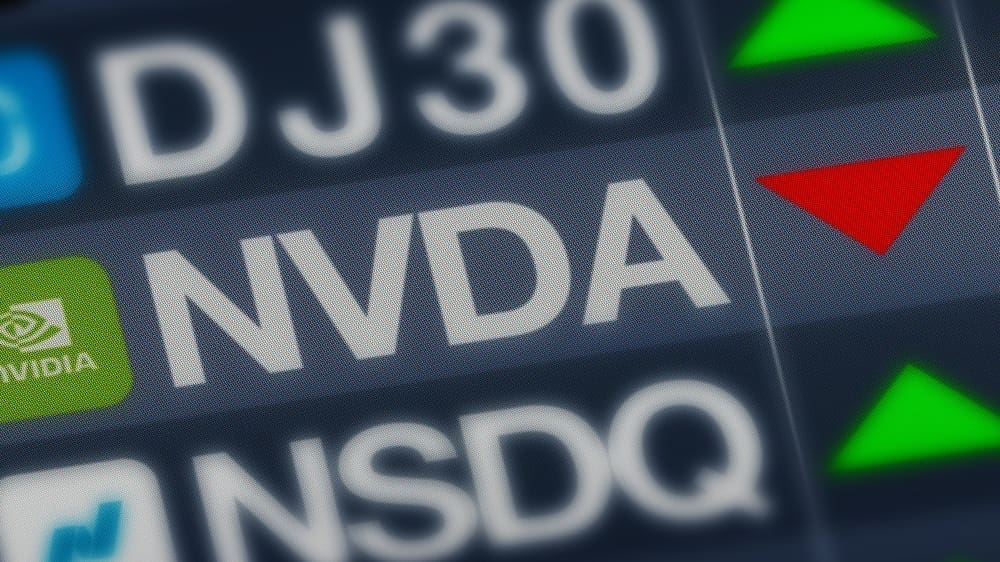In the quest for long-term investment success, recent analyses have highlighted NVIDIA Corporation as a standout candidate among stocks to watch over the next 15 years. As the market develops in 2025, several key dynamics are shaping the investment landscape, including a heightened forward price-to-earnings ratio for the S&P 500, the strength of the US dollar, and the direction of the US 10-year Treasury yield. While active equity managers navigate challenges stemming from market concentration, potential shifts in policies and perceptions regarding earnings growth and valuations may create valuable opportunities for strategic investors.
Sectors experiencing rapid AI adoption—such as industrials, healthcare, and consumer goods—present promising prospects for investment. Companies that harness AI to enhance productivity are likely to gain a competitive edge, emphasizing the need for adept active management in identifying prospects within under-the-radar market segments. The outlook for real assets, particularly real estate and infrastructure, remains favorable, benefiting from stabilized long-term interest rates and advantageous valuations when compared to other growth assets. The integration of AI into real estate, especially in data centers and healthcare facilities, aligns with increasing infrastructure investments, particularly from energy utilities and pipelines, as shaped by government initiatives.
Additionally, potential deregulation and tax reforms could positively impact equity markets, particularly with a forecast of a soft landing for the US economy and moderated trade and immigration policies presenting specific opportunities for strategically positioned investment portfolios. A deeper analysis of the iShares Core S&P 500 ETF revealed a concentration of companies that have experienced significant revenue growth over the past decade, with many favored by leading hedge funds. An investment strategy that mirrors top hedge fund stock selections has reportedly outperformed benchmarks significantly since its inception.
NVIDIA Corporation, in particular, demonstrates impressive metrics, boasting around 39.4% revenue growth over the past decade and backing from 2024 hedge funds. Its dominance in GPU design and AI acceleration is expected to enable it to thrive in the evolving AI landscape. Innovations like the Blackwell architecture and Dynamo Operating System exemplify its commitment to meeting the growing demand for AI capabilities, further solidifying its market leadership through a powerful combination of hardware and a supportive software ecosystem.
The company’s foray into enterprise and edge computing markets presents additional growth avenues as more industries adopt AI and require advanced edge network computing solutions that prioritize low-latency processing. Strategic partnerships, such as the collaboration with IBM to enhance enterprise AI workload management using NVIDIA’s technology, underscore its proactive approach.
Despite expectations having been surpassed, recent reports indicated that NVIDIA’s forward guidance appeared conservative compared to earlier quarters, yet its dominant position in AI data center components maintains its competitive advantage in shaping future technology landscapes.
Overall, while NVIDIA ranks as a strong candidate for long-term investment, a broader view of AI stocks reveals instances of undervaluation with the potential for higher short-term returns. As such, investors are encouraged to explore AI-related opportunities further. The growing integration of AI across various sectors, particularly in real estate and infrastructure, represents substantial avenues for expansion. Staying informed about these technological advancements is crucial for individuals and businesses aiming to make savvy investment choices. The influence of AI not only promises economic growth but also stands to enhance community services and infrastructure, ultimately enriching quality of life. Understanding these transformative trends is essential for capitalizing on the evolving landscape of technology.







